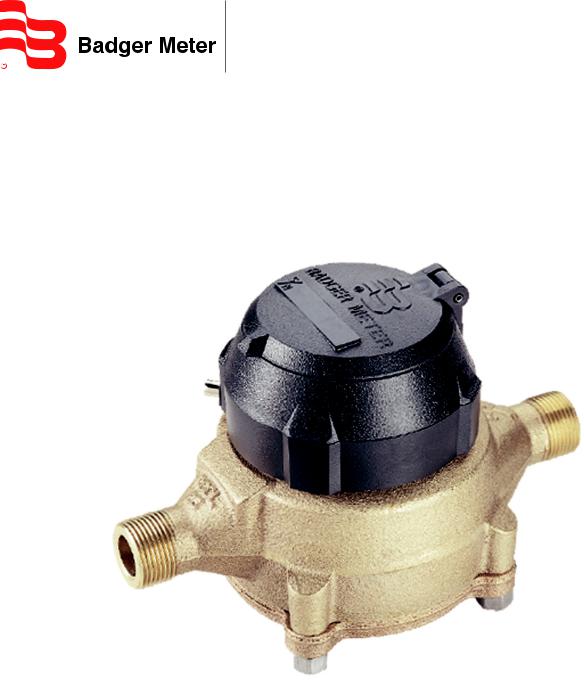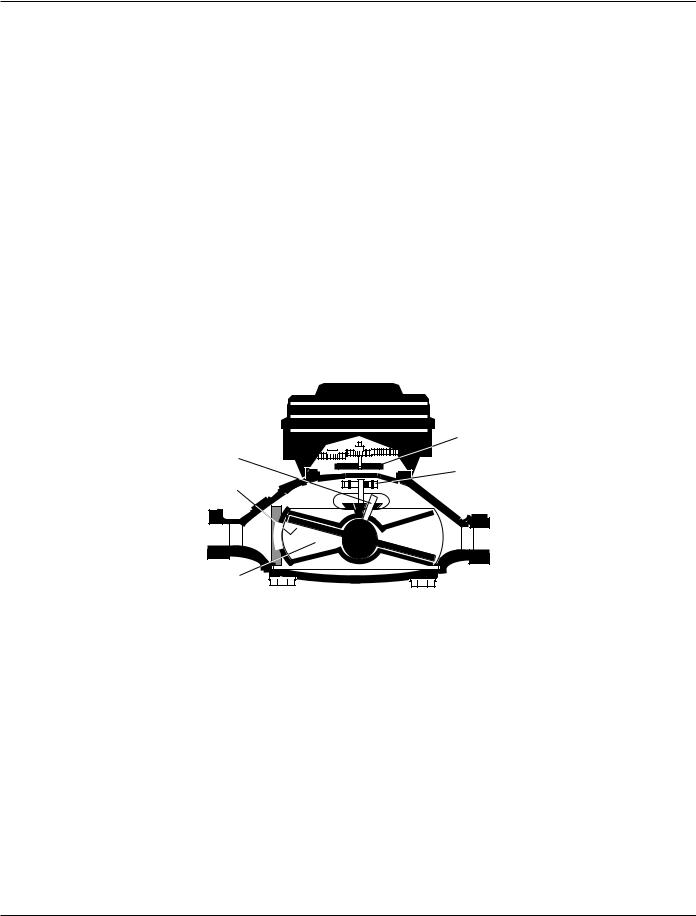Badger Meter RCDL Operating Manual

Recordall® Industrial Meters
Nutating Disc Meter
RDM-UM-01089-EN-07 (February 2020)
User Manual

Recordall® Industrial Meters, Nutating Disc Meter
|
CONTENTS |
Description |
3 |
Operating Principle |
3 |
Unpacking and Inspection |
4 |
Installation |
4 |
General Operating Instructions |
5 |
Manual Operation |
5 |
Accessory Controlled Operation |
5 |
Shutdown Instructions |
5 |
Maintenance |
6 |
Preventive Maintenance |
6 |
Calibration Check and Adjustment |
6 |
Servicing |
8 |
Page 2 |
RDM-UM-01089-EN-07 |
February 2020 |

Description
DESCRIPTION
The Badger Meter Recordall (RCDL) positive displacement meters are one of the most cost effective methods in metering industrial fluids. The RCDL meter has a simple, efficient design for high accuracy and repeatability over the entire meter flow range.
Available in five sizes, 1/2" through 2" for flows up to 170 gpm, these meters are extremely rugged and reliable. Maintenance is seldom required, but if necessary, takes only a few minutes. All parts are designed and built of materials that meet your application requirements and provide an enduring and a trouble-free, precision flow meter.
To complement the RCDL meter line, Badger Meter offers a complete line of accessories that includes totalizers, electromechanical and electronic endpoints, rate of flow indicators and batch/process controllers.
Operating Principle
The metering principle, known as positive displacement, is based on the continuous filling and discharging of the measuring chamber. Controlled clearances between the disc and the chamber provide precise measurement of each volume cycle.
As the disc nutates, the center spindle rotates a magnet. The movement of the magnet is sensed through the meter wall by a follower magnet or by various sensors. Each revolution of the magnet is equivalent to a fixed volume of fluid, which is converted to any engineering unit of measure for totalization, indication or process control.
Liquid flowing through the meter chamber (A) causes a disc (B) to nutate or wobble. This motion, in turn, results in the rotation of a spindle (C) and drive magnet (D). Rotation is transmitted through the wall of the meter to a second magnet (E) or varied style of sensor pickup.
E
C
D
B
A
Figure 1: Nutating disc operation
February 2020 |
RDM-UM-01089-EN-07 |
Page 3 |
